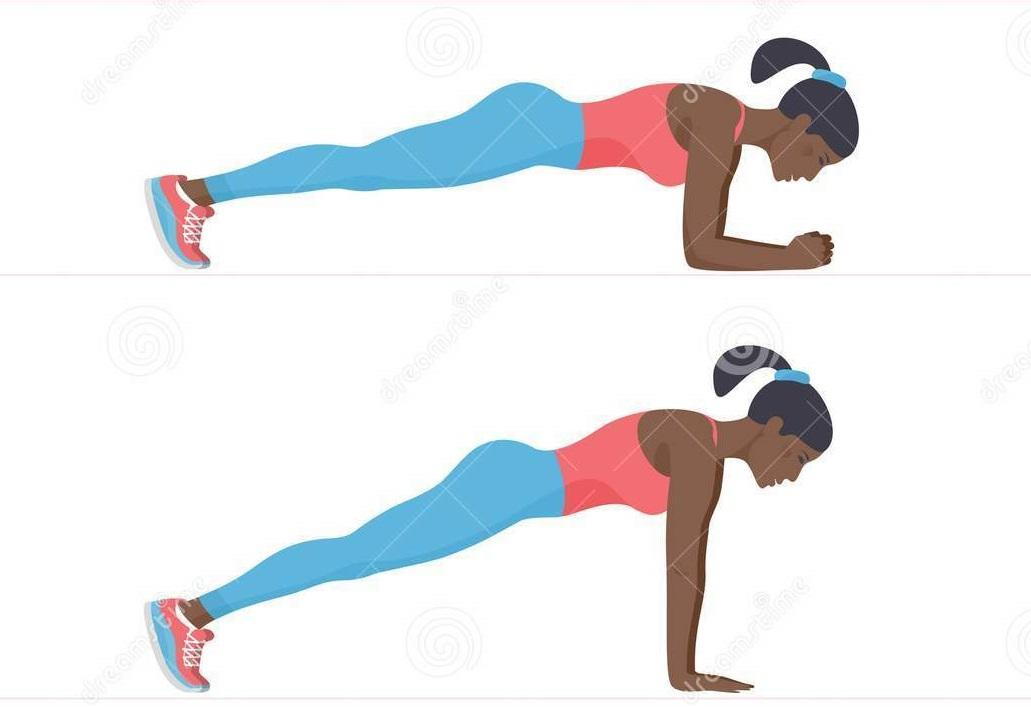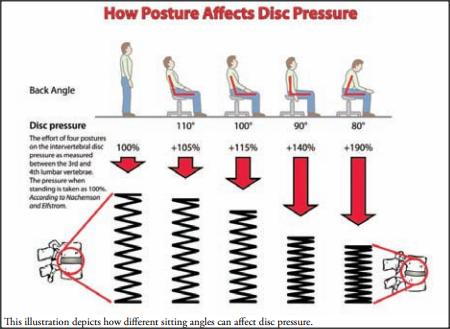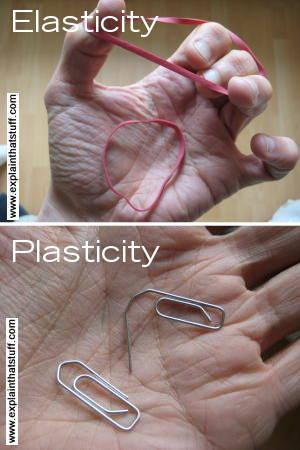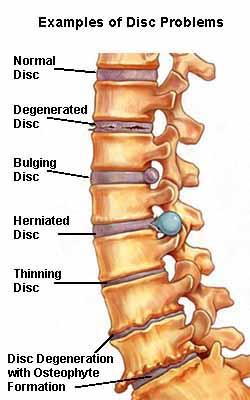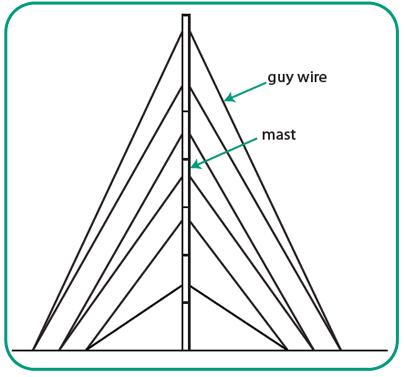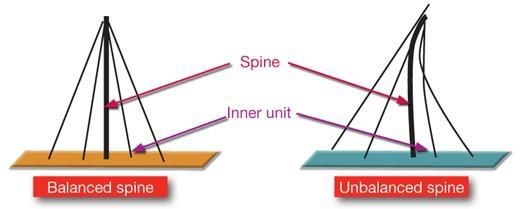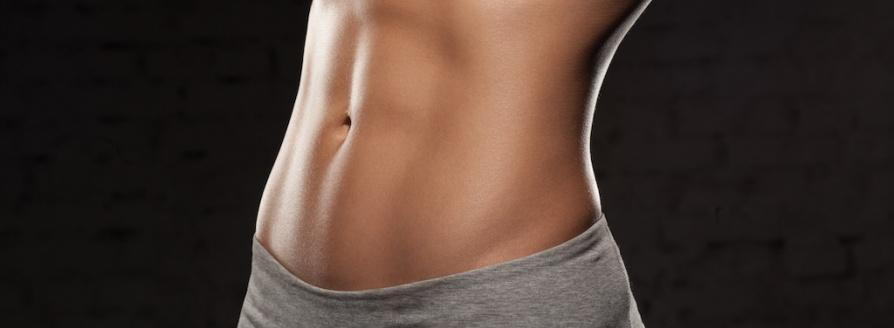Core? What core? The Office Worker's Guide to a Strong Core
posted: Aug. 09, 2018.
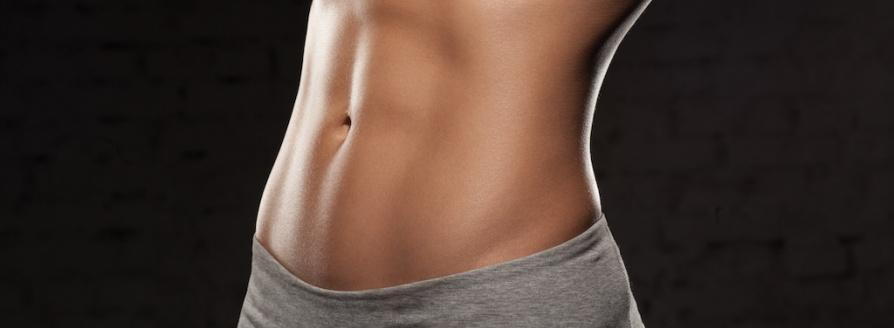
There’s a reason it's called your core.
It is the middle of the skeleton and it’s the center that the rest of the body connects around. Your arms, legs, upper torso and head all have connections to the keystone known as the core.
The core is defined as the central body of muscles comprised of your abdominals, the spinal erector muscles on the back and flanks, and the smaller muscles that are hidden deep in the abdomen, connecting individual back vertebrae together.
These muscles play a huge role in keeping your spine stable, preventing damage like disc herniations or back sprains and keeping movement in your arms and legs from toppling you over.
It’s more important than ever to keep your core healthy and strong because, for most of the working population, it doesn’t get any use over the course of the day.
For example: sitting, the most common working position, can inhibit or turn off the core.
That’s a problem because sitting alone generates approximately 180-200 lbs of force through the spinal discs and ligaments - and that's sitting with good posture. During bad posture the core muscles are less active and these forces crash through the ligaments, discs, and bones of the back. Discs and ligaments are not elastic the way muscles are - once you deform those structures it takes a long time for them to recover, if they recover at all.
This is where muscles come in handy. The core muscles form a layer of protection over the torso and, if active, take the pressure off the ligaments and disc. A good core reduces the amount of wear and tear on your joints and can help to prevent back pain as well as arthritis/degenerative change later in life.
Now when most people think of their core they picture their abdominal muscles - the elusive six-pack - But you have a lot more going on than that.
The muscles in the back called Erector Spinae (ES) and Multifudi (Mf) help maintain good spinal structure the same way that radio towers have guy wires.The smaller muscles in particular, contract unconsciously, which means you can’t control them. The only way to make sure the Mf muscles work is by training the core regularly. Mf muscle activity has been linked to decreased lower back pain and lower risk of injury while exercising.
The lateral trunk muscles are your external and internal obliques. The obliques cover the flanks of your abdomen and form the “V” on very muscular individuals. They wrap all the way around the belly and allow you to twist around your middle.
The best way to think of the core muscles working together is like a tree trunk. A thin, weak trunk is easy to bend and break but a thick more developed trunk is able to resist the strongest forces.
Training the core is more than just doing sit ups. In fact, sit ups are probably one of the worst exercises you can do. Sit ups involve too much motion and place huge amounts of stress on the spine. A better alternative is a simple crunch or better yet the famous plank. These can be done with knees bent rather than with straight legs for beginners. Other useful core exercises include:
-
Bridges
-
Pelvic Tilts
-
Side Planks
-
Leg lifts’
-
Side Crunches
-
Bird/Dogs

